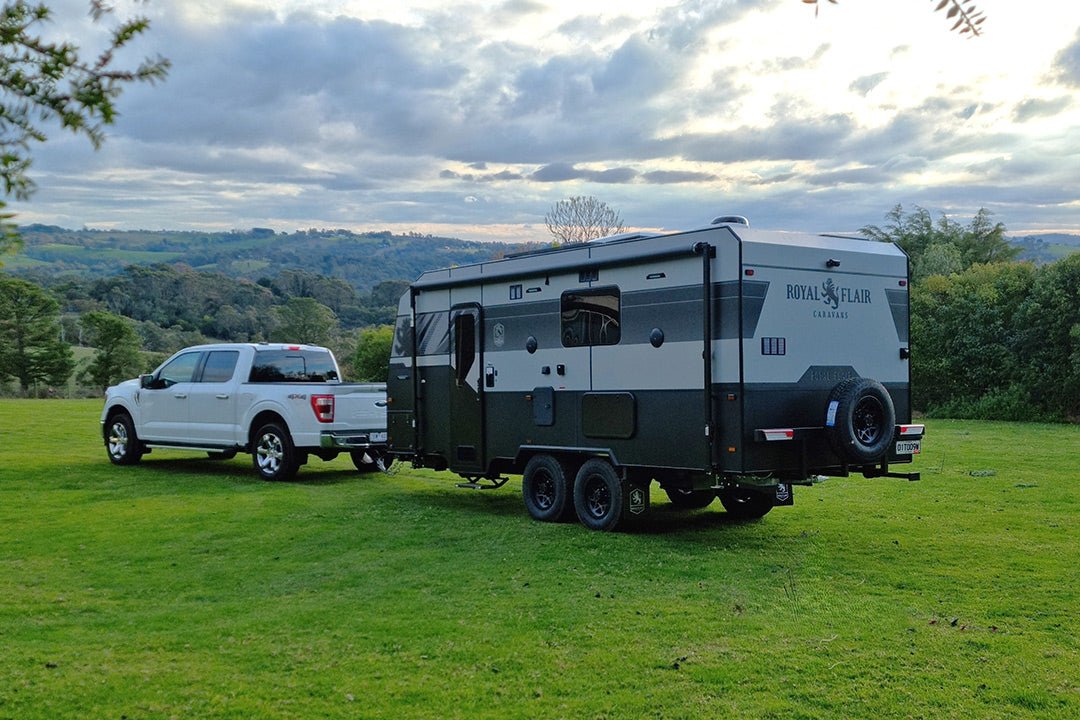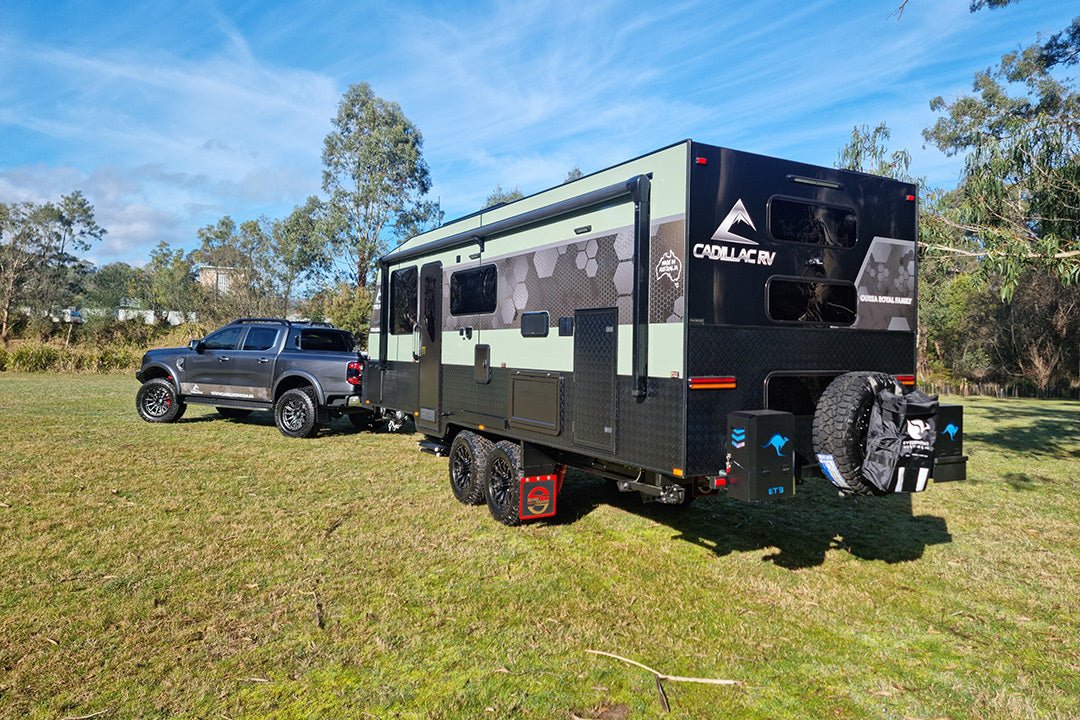A Country Man
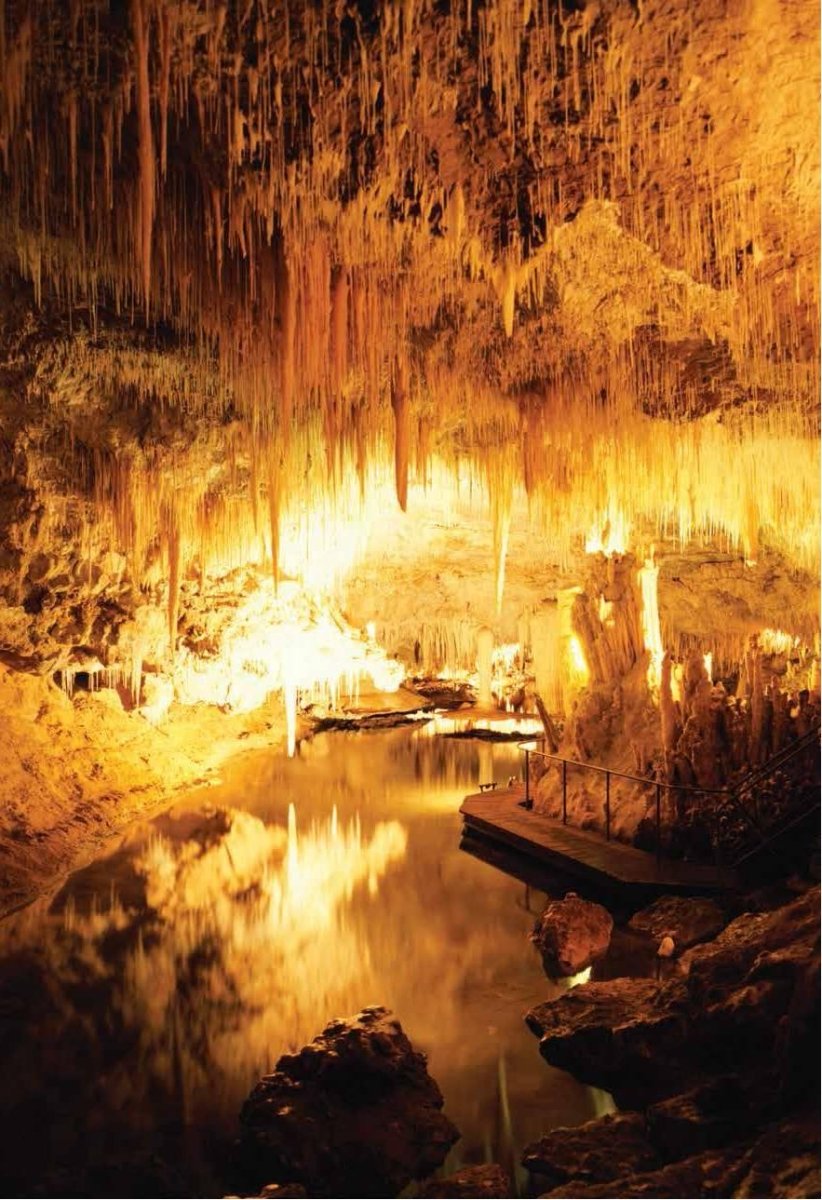
I usually experience the Margaret River region at surface level, but sometimes head underground too, infrequently visiting its spectacular limestone caves. This naturally pleasing and artisan mecca is most well-known for intertwining life’s simple joys. With epicurean pleasures, world-renowned wineries, a string of craft breweries, scenic nature walks, stunning sunsets, and topnotch surf, it’s not a region short of allure.
Being a Perth local, heading ‘down south’ for a holiday is a convenient, easy escape, and as much as I am grateful, the South West offers all of the above niceties. However, my trip to Dunsborough, some 249km south of Perth, would be different this time around, and more like a cultural awakening. I looked to develop a greater appreciation for the land by understanding our country’s origins with Josh there to guide me.
KOOMAL DREAMING
Josh heads up the Indigenous tour company Koomal Dreaming, guiding tours around Wadandi, and Bibbulman country.
To say that Josh has a deep-rooted connection to the region is an understatement. Josh’s ancestors were the last people living in the bush in the 1960s, and, fast forward to today, he helps pay respect to past, present, and emerging elders by guiding others to walk in the footsteps of his elders through personal interpretation of Noongar culture, geography, and flavours of the land.
A small group of local tourists gathered metres from the entrance of the region’s most famous underground exhibit, Ngilgi Cave (pronounced Nilgi), just 9km southwest of Dunsborough.
Located in Leeuwin-Naturaliste National Park, Ngilgi Cave is regarded as Western Australia’s first major tourist attraction. It has been attracting visitors for over a century with its impressive stalactites, stalagmites, and helictites. It was also once Western Australia’s ‘it’ honeymoon destination being naturally ornate, with couples sharing a moment in a candlelit cave — never mind the initial tough slog to venture 39m below.
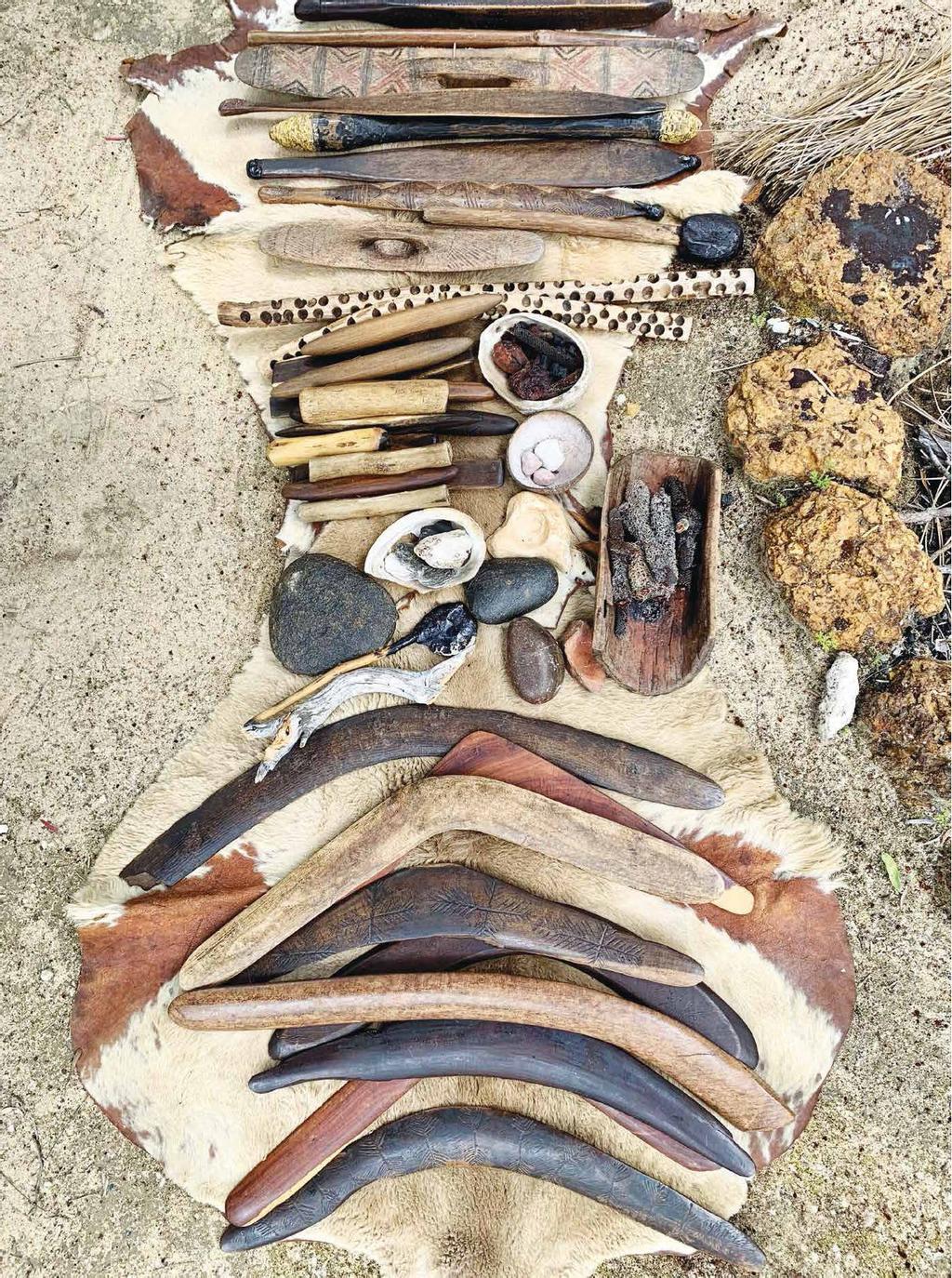
An array of artefacts on a kangaroo skin
Although notions of a romantic rendezvous may have changed, the cave itself, not so much — well, that’s only half true.
The interior of the limestone cave is forever changing, with its crystallized formations taking 100 years to grow a mere centimetre. The cave’s icicle-shaped formations, stalactites, are produced by precipitation of minerals trickling through the cave’s ceiling. On the flip side, stalagmites rise from the ground, spurred by mineral-rich water droplets dripping onto the floor. The cave deposits, helictites, appear to defy gravity, growing in all sorts of directions to appear branched, spiralled or curved. It’s dramatic scenery that is frozen in time.
A NATURAL DEPARTMENT STORE
Josh drew a line in the sand before we bid farewell to the bushlands, birds, and sea breezes to wander the natural treasure trove below. The South West storyteller started our cultural class with an overview of the region. Stick to sand, he used a wooden wand the size of a teacher’s ruler to demonstrate his message.
“This represents Wadandi country,” Josh said as he used the stick to draw the area’s geography — rivers, inlets, and ceremonial places — in orange dirt sands. He would soon divide the map into its corresponding tribal groups, naming each tribe and their relation to surroundings as if swiftly reciting the alphabet.
Although quietly spoken, Josh’s gift for storytelling commands attention. It’s hard not to be captivated by his presence and hold onto his every word as he exudes such deep respect for his culture.
Like the Noongar six seasons, Josh discussed how his ancestors would move six times a year to hunt and gather for food, following a series of single-file walk trails connecting camps in the area. We wouldn’t be walking half a day’s walk (15km) like past Noongar elders in search of native ingredients or raw materials, but Josh did lead us to discover what was available right before us.
AN OUTDOOR SUPERMARKET
Leeuwin-Naturaliste National Park is home to a medley of majestic sceneries across its 120km long belt. Limestone cliffs, an extensive cave network, towering forests, and battered granite headlands are cloaked by the Indian Ocean, peppered with blissfully blue beaches and bays. In terms of wildlife, the park is inhabited with primarily nocturnal animals — kangaroos, possums, and quendas, to name a few. The park however is best known for its coastal walkabout, the Cape to Cape Track, starting and finishing at lighthouses at Cape Naturaliste and Cape Leeuwin.
Closer to home, Josh started to explain what could be found in our immediate backdrop: an assortment of karri, jarrahmarri, peppermint, and banksia trees. I didn’t expect the greenlit scenery to morph into a native supermarket or forest pharmacy.
“The leaves on this tree are used for tea to get rid of headaches and to protect against mosquitos,” Josh described the leaves from the peppermint tree.
“You can also smell like a possum,” Josh said, as he described the South West’s western ringtail possum being a fan of foraging the tree.
But wait — there’s more.
Besides possum perfume, Josh further demonstrated how the leaves were used to call other tribe members, turning the leaf into a makeshift whistle to make his call. The tree’s wood was used for building frames for traditional huts, smoking racks with the tree’s bark used for ropes. Dry wood that had fallen on the ground would not be wasted, instead deemed suitable for a campfire.
Having medicinal, protective, and instrumental purposes: it was one multifunctional tree. Josh continued to spot native ingredients and the uses of plants along our bushwalk. If he hadn’t been there to tell us what was what, we likely would have been oblivious to this natural department store we found ourselves browsing. Camping in the bush would never be the same.
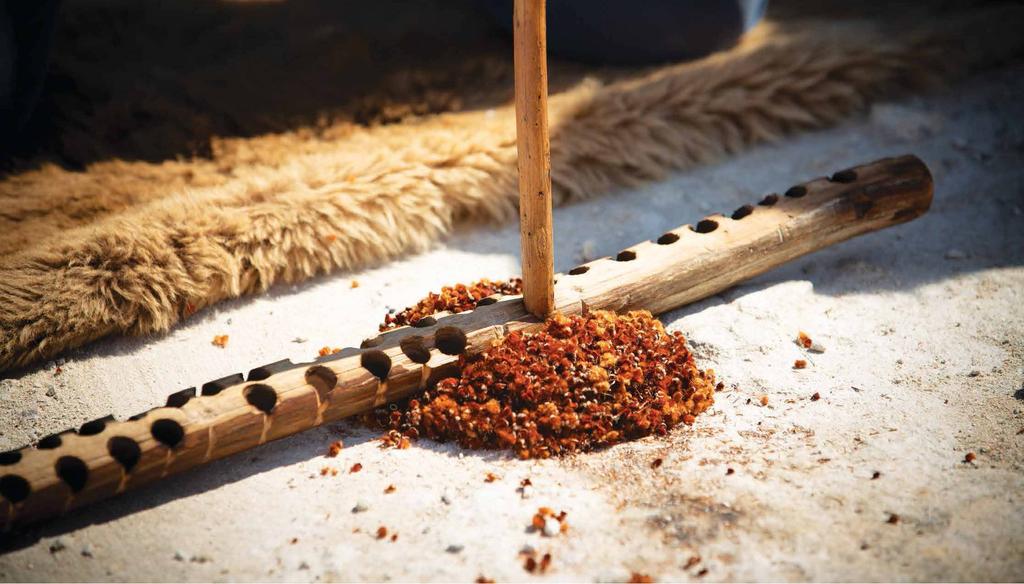
Icicle-shaped stalactites hang from the cave's ceiling. (Tourism WA)
THE LONG AND WINDING CAVES ROAD
Margaret River’s main scenic drag, Caves Road, tells it like it is. Beneath the Leeuwin Naturaliste Ridge, over 100 limestone caves are found underground, all formed roughly one million years ago.
Ngilgi Cave joins a handful of intricate karst cave systems, Lake Cave, Jewel Cave, and Mammoth Cave, open to the public. And with being an aptly named destination, Ngilgi Cave — meaning ‘a place of caves’ — is located in Yallingup, and upon arrival we headed down the narrow staircase to access the cave.
The cave was discovered in 1899 by European settlers and was initially named Yallingup Cave. Soon after its discovery, it became the region’s main attraction. In its first few years of being open to the public, it had electric lights installed so visitors could experience the cave in all its shimmery glory and retreat to nearby Caves House Hotel, now an iconic heritage-listed hotel. In 2000, the cave’s name reverted to its original name, Ngilgi, after the Dreamtime good spirit of the ocean who defeated the evil spirit, Wolgine.
The story of Ngilgi is part of the heritage of the Wardandi people, who are the cave’s traditional custodians. According to Australian Indigenous mytholo›y, Indigenous people used to collect their water from the cave’s entrance. Once Wolgine started loitering in the cave, water began to dry up, and food became scarce. Ngilgi lived in the ocean and always kept a watchful eye on tribes in the region. After seeing his people suffer, the ocean spirit decided to do something about Wolgine.
He banded with other good spirits — waves, wind, rain, thunder, lightning — to make the most frightening storm, and a fierce battle soon ensued. It terrified Wolgine, retreating into the cave and begging for mercy. Ngilgi told him he could leave, but he was not to ever revisit the area. Wolgine made his hasty exit, bursting out from the cave and developing the entrance to what we see today. Ngilgi decided to make the cave home, and food became plentiful again for the local people.
In the cave’s amphitheatre, Josh pulled out his didgeridoo to stage a one-of-a-kind concert experience. I soon got goosebumps hearing Josh’s low pitch, rhythmic sounds echoing throughout the crystal chamber. His music was so beautiful and raw, and made a great impact on us on all. Who knew Margaret River had such excellent underground acoustics? It was a stirring performance in a truly unique setting.
We were left to explore the cave’s dimly lit labyrinth after the one-man show. I slowly treaded its boardwalks snaking around the cave with some bends requiring slight body distortion when faced with the cave’s innate beauty: mineral growths mimicking shards of glass, dripping candle wax, upside mushrooms, and chandeliers. Just like artwork, it’s all open to interpretation.
BUSH TUCKER TIME
We soon saw the light again as we gathered in a hidden bush camp nearby the cave. Sitting on wooden logs around camp, Josh soon brought on the heat. He demonstrated the art of traditional fire lighting by rubbing a stick onto another stick placed on the ground that looked as though a hole punch had carved it.
Forget the Bunnings trip — low ground Balga bush was the preferred fire starter and, after a few minutes of Josh rubbing sticks together, the fire flickered to life. Josh used breathing techniques to grow the fire then as it got bigger, he transferred the fiery Balga bush onto the pit, and a campfire was ablaze. As ‘easy’ as he made it out to look, I’m sure I will still be using a fire starter for the next campfire. That level of survival skill would forever be a work in progress.
Shawls made of kangaroo skins lay on the floor like flattened fur rugs with many artefacts laid across them. Boomerangs, shields, cooking rocks, grinding stones, a grand display of items that were soon passed around like a show and tell.
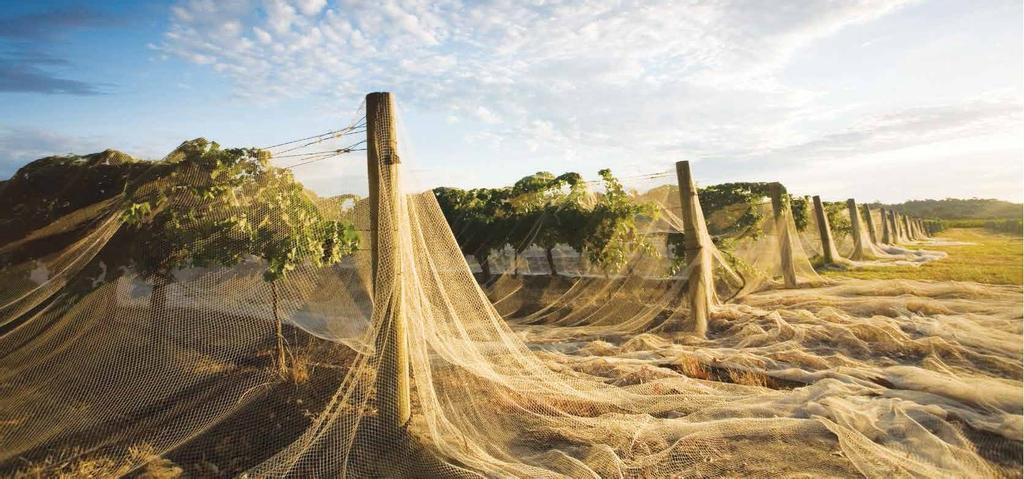
Protecting the produce
An encore performance soon followed with Josh playing the didgeridoo, mixing it up with drums. I was hungry for more. It didn’t help that the smells wafting by alerted us to what was ahead: lunch.
After hours of learning about local Indigenous culture, it was time to get an authentic taste of it. It was my kind of bush tucker, with a spread of homemade kangaroo meatballs, lemon myrtle marinated chicken, quandong jams showcasing the delicious flavours of native ingredients. Yum.
I was content by the end of it and not just from the food — I felt a sense of gratitude seeing our country through the eyes of a man who embodies the world’s oldest living culture, and his story is to be continued.
FAST FACTS
Koomal Dreaming
- Ph: 0412 415 355
- E: info@koomaldreaming.com.au
- W: koomaldreaming.com
Welcome to Country
- Online portal for Indigenous tours
- W: experience.welcometocountry.com
Origins Market
- New local marketplace in Bunbury, inspired by the land and featuring local Indigenous artworks, artisan delicacies and fresh produce of the region.
- Ph: 0448 705 390
- W: originsmarket.com.au






